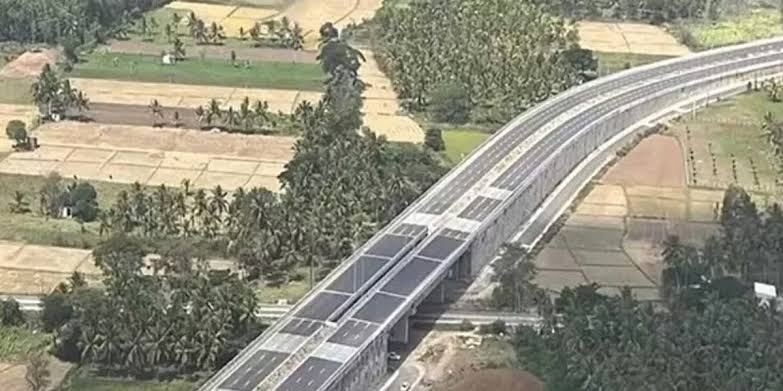The 87th meeting of the Network Planning Group (NPG) took place to assess key infrastructure projects aligned with the principles of PM GatiShakti, a national initiative aimed at creating seamless multimodal connectivity across India. Five major projects spanning metro, regional rapid transit, road, and airport development were reviewed for their potential to enhance logistical efficiency, reduce travel time, and bring economic and social benefits to various regions.
 Chaired by Shri E. Srinivas, Joint Secretary at the Department for Promotion of Industry and Internal Trade (DPIIT), the meeting focused on evaluating the Delhi–Panipat–Karnal Namo Bharat Project, Pune Metro Line 4, the Mahabubnagar Economic Corridor, the Mungiakami-Champaknagar road expansion, and the second phase of the Maharishi Valmiki International Airport in Ayodhya. Each of these projects is expected to play a vital role in strengthening India’s transport infrastructure and fostering intermodal coordination.
Chaired by Shri E. Srinivas, Joint Secretary at the Department for Promotion of Industry and Internal Trade (DPIIT), the meeting focused on evaluating the Delhi–Panipat–Karnal Namo Bharat Project, Pune Metro Line 4, the Mahabubnagar Economic Corridor, the Mungiakami-Champaknagar road expansion, and the second phase of the Maharishi Valmiki International Airport in Ayodhya. Each of these projects is expected to play a vital role in strengthening India’s transport infrastructure and fostering intermodal coordination.
The Delhi–Panipat–Karnal Namo Bharat Project, spanning approximately 136.30 km, is designed to drastically cut travel time between Delhi and Haryana from nearly four hours to just 90 minutes. As part of an integrated regional transit system, it will seamlessly connect with other Namo Bharat corridors, metro networks, railways, and airports, offering a faster and more efficient alternative for commuters. Similarly, Pune Metro Line 4, covering 31.64 km, is set to improve urban mobility by integrating with existing and upcoming metro lines, ensuring smooth interchanges and enhancing overall ridership in the city.
On the highways front, the Mahabubnagar Economic Corridor aims to upgrade the NH-167 corridor in Telangana to a four-lane highway, improving connectivity between Hyderabad and Raichur. The Mungiakami-Champaknagar project in Tripura, spanning 25.45 km, will widen the NH-08 corridor, easing congestion and bolstering inter-state transport in the Northeast.
In the aviation sector, the second phase of the Maharishi Valmiki International Airport in Ayodhya is set to accommodate the region’s growing air travel demand. A new integrated terminal will be constructed to handle 4,000 passengers per hour and up to six million annually by 2047, alongside significant upgrades to the runway, parking facilities, and air traffic control infrastructure.
Each of these projects represents a significant step towards realizing India’s vision of integrated infrastructure and efficient logistics, ensuring better connectivity, economic growth, and enhanced ease of living for millions of people across the country.




